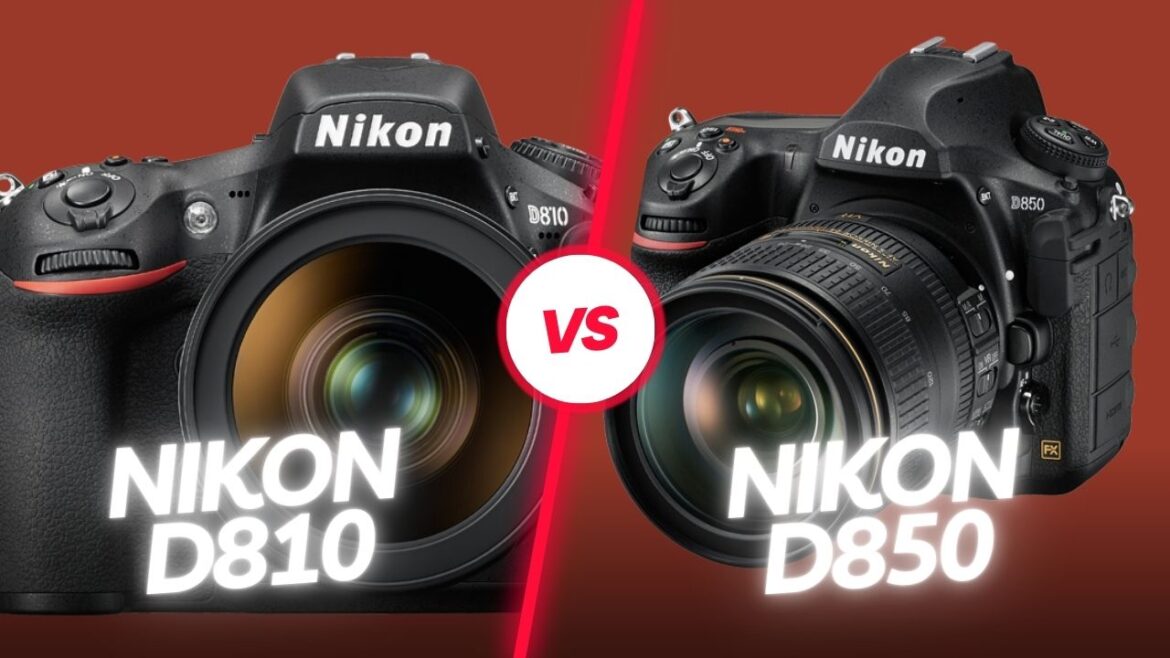Table of Contents
Nikon D810 vs D850: The Shocking Comparison
If you are looking for a high-end full-frame DSLR camera, you might be interested in comparing the Nikon D810 vs D850. These two cameras share many features and specifications, but they also have some significant differences that might affect your decision. In this article, we will provide a detailed comparison of the Nikon D810 vs D850, covering their physical design, sensor performance, autofocus system, lens compatibility, LCD and viewfinder, battery life, and other features. We will also give you some insights into how these cameras perform in real-life situations, such as portraits, street and landscape photography. Finally, we will summarize the pros and cons of each camera and help you decide which one is the best for your needs.
More Value
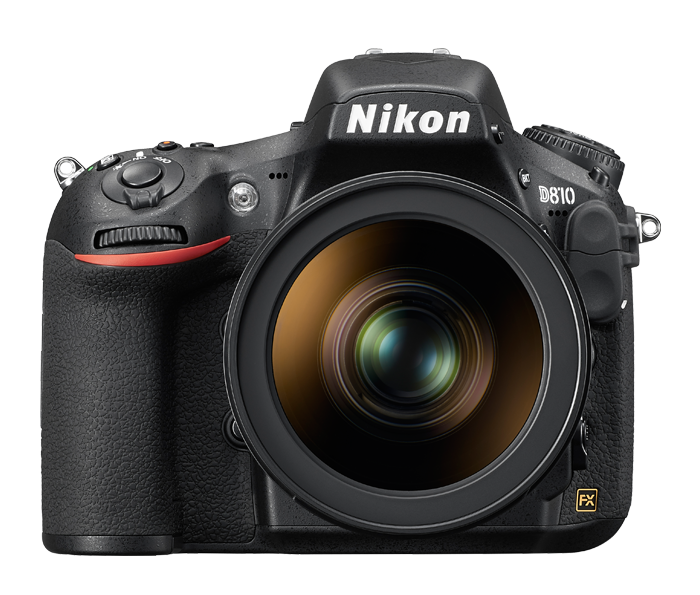 Nikon D810 |
Our Pick
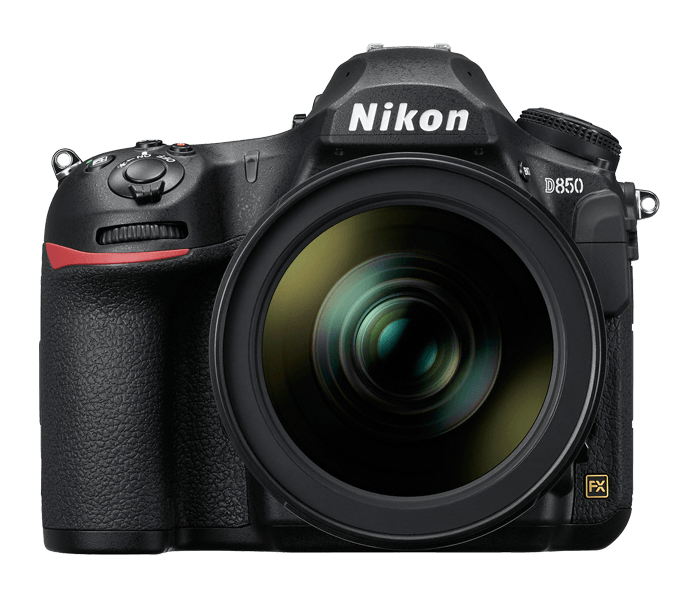 Nikon D850 |
|---|
Introduction to Nikon D810 vs D850
The Nikon D810 vs D850 are both professional-grade DSLR cameras that belong to the FX-format series. The FX-format series is Nikon’s flagship line of cameras that use full-frame sensors, which are larger than the DX-format sensors used in most consumer-level DSLRs. Full-frame sensors offer several advantages over smaller sensors, such as better image quality, higher dynamic range, lower noise, and wider angle of view.
The Nikon D850 was released in August 2017 as the successor of the Nikon D810, which was launched in June 2014. The Nikon D850 is a highly anticipated camera that offers many improvements and new features over the Nikon D810, such as a higher resolution sensor, a faster continuous shooting rate, a tilting touchscreen LCD, 4K video recording, and a more advanced autofocus system. The Nikon D850 is also more expensive than the Nikon D810, costing around $3,300 for the body only, compared to $2,800 for the Nikon D810.
Physical Specifications and Body Comparison | Nikon D850 vs D810
| Aspect | Nikon D850 | Nikon D810 |
|---|---|---|
| Dimensions (mm) | 146 x 124 x 79 | 146 x 123 x 82 |
| Dimensions (inches) | 5.75 x 4.88 x 3.11 | 5.75 x 4.84 x 3.23 |
| Weight (g) | 915 | 980 |
| Weight (lb) | 2.02 | 2.16 |
| Body Material | Robust Magnesium Alloy | Robust Magnesium Alloy |
| Weather Sealing | Yes (Dust and Moisture) | Yes (Dust and Moisture) |
| LCD Screen Type | 3.2-inch Tilting Touchscreen LCD | Fixed Non-Touchscreen LCD |
| LCD Resolution | 2.36 Million Dots | 1.23 Million Dots |
| Tilting Screen | Yes (Enhanced Shooting Angles) | No |
| Touchscreen Functionality | Yes (Settings and Focus Adjustment) | No |
| LCD Resolution for Image/Video Review | Higher Resolution for Enhanced Clarity | Standard Resolution |
Design and Handling | Nikon D810 vs D850
The Nikon D850 and the Nikon D810 have a very similar layout of buttons and dials on their bodies, which makes them easy to operate for experienced Nikon users. Both cameras have a large grip that provides a comfortable and secure hold, as well as a top LCD panel that displays important shooting information. Both cameras also have dual memory card slots that support SD/SDHC/SDXC (UHS-II compatible) and XQD cards.
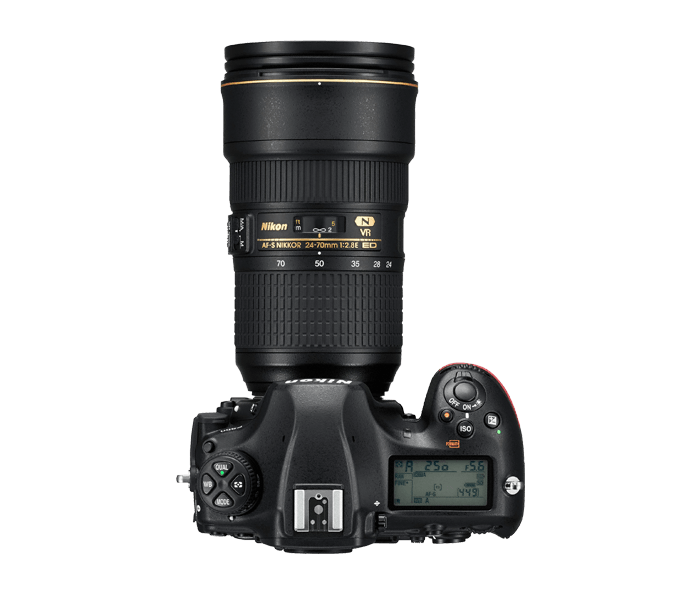
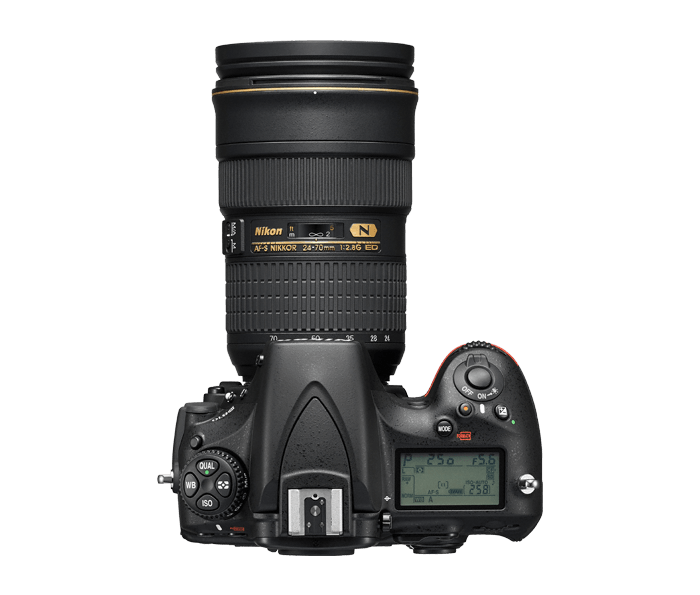
However, there are some minor differences in the design and handling of the two cameras. For example, the Nikon D850 has a dedicated ISO button on the right side of the viewfinder, while the Nikon D810 has it on the left side along with other buttons such as QUALITY, WB, METERING MODE, etc. The Nikon D850 also has an AF-ON button on the back of the camera that can be used to activate autofocus separately from the shutter release button. The Nikon D810 does not have this button by default but it can be assigned to one of the function buttons on the front or back of the camera.
Another difference is that the Nikon D850 has an illuminated button on its mode dial that allows you to switch between different shooting modes in low-light conditions without taking your eye off the viewfinder. The Nikon D810 does not have this feature but it has a lock button on its mode dial that prevents accidental changes of shooting modes.
Weather Sealing | Nikon D810 vs D850
Both cameras are designed to withstand harsh weather conditions such as rain, snow, dust, and humidity. They have extensive weather sealing around their joints and buttons that prevent water and dust from entering their bodies. However, weather sealing is not absolute and it does not guarantee that your camera will survive any kind of exposure to moisture or dirt. Therefore, it is still advisable to protect your camera with a rain cover or a plastic bag when shooting in extreme environments.
Nikon D850
Sensor Dimensions
35.9 x 23.9 mm
Full-frame CMOS sensor
Sensor Comparison: Nikon D810 vs Nikon D850
One of the most important aspects of a camera is its sensor, which determines the image quality, resolution, dynamic range, noise performance, and color reproduction of your photos and videos. The Nikon D850 and the Nikon D810 both use full-frame CMOS sensors, but they have different sizes and pixel counts.
| Nikon D850 | Nikon D810 | |
|---|---|---|
| Sensor Megapixels | 45.7 | 36.3 |
| Sensor Dimensions | 35.9 x 23.9 mm | 35.9 x 24 mm |
| Pixel Size | 4.35 microns | 4.88 microns |
| Details Capture | More | Less |
| Low-Light Sensitivity | Potential Impact | Potential Impact |
Image Quality | Nikon D810 vs D850
Both cameras produce excellent image quality with high resolution, wide dynamic range, accurate colors, and low noise. However, there are some differences in how they handle different ISO settings and lighting conditions.
The Nikon D850 has a native ISO range from 64 to 25,600, which can be expanded to 32 to 102,400 equivalents. The Nikon D810 has a native ISO range from 64 to 12,800, which can be expanded to 32 to 51,200 equivalents. The lower base ISO of 64 on both cameras allows them to capture more dynamic range and less noise in bright scenes, while the higher extended ISOs enable them to shoot in darker situations.
However, the Nikon D850 has an advantage over the Nikon D810 in terms of noise performance at higher ISOs. The Nikon D850 uses a back-illuminated sensor design that improves the light-gathering efficiency and reduces the noise level of the sensor. The Nikon D850 also uses a newer and more powerful EXPEED 5 image processor that applies better noise reduction algorithms to the images.
As a result, the Nikon D850 produces cleaner and sharper images than the Nikon D810 at high ISO settings, especially above ISO 3200. The difference is more noticeable when zooming in or cropping the images. The Nikon D850 also preserves more details and colors at high ISOs than the Nikon D810.
ISO Range | Nikon D810 vs D850
When it comes to choosing a digital camera, one of the crucial factors that photographers often consider is the camera’s ISO range. ISO, which stands for International Organization for Standardization, determines a camera’s sensitivity to light. A wider ISO range allows for greater versatility in various shooting conditions, from bright daylight to low-light environments.
Nikon D810: Master of the Art
The D810 offers an ISO range that spans from 64 to 12,800, which can be expanded down to ISO 32 and up to ISO 51,200.
- ISO 64-12,800: The native ISO range of the D810 provides excellent image quality, particularly in well-lit conditions. This range covers a broad spectrum of everyday shooting scenarios, making it a versatile choice for landscape, portrait, and studio photography.
- Expanded ISO 32 and 51,200: The extended ISO settings offer flexibility when you need to fine-tune your exposure. ISO 32 lowers sensitivity for brighter conditions, reducing the risk of overexposure, while ISO 51,200 allows you to capture images in challenging low-light situations, although with some trade-offs in image quality.
The Nikon D810’s ISO performance is highly regarded, delivering low noise levels and outstanding dynamic range, especially at its base ISO settings.
Nikon D850: A New Level of Excellence
It boasts a 45.7-megapixel back-illuminated full-frame CMOS sensor, paired with the EXPEED 5 image processor. The D850 offers a broader ISO range compared to its predecessor, making it even more adaptable to diverse shooting conditions.
- ISO 64-25,600: The native ISO range of the D850 starts at ISO 64, which allows for incredibly detailed and noise-free images, especially in well-lit environments. It extends all the way up to ISO 25,600, which remains highly usable for low-light shooting without sacrificing image quality.
- Extended ISO Range: The D850 offers extended ISO settings that can go as low as ISO 32 and as high as a staggering ISO 102,400. ISO 32 is ideal for situations where you need to minimize the risk of overexposure, while ISO 102,400 can be a lifesaver in extreme low-light conditions.
The Nikon D850’s ISO capabilities set a new benchmark for full-frame DSLRs. It delivers exceptional image quality across its extended ISO range, making it an ideal choice for photographers who frequently encounter challenging lighting conditions.
Nikon D810

- Release Date – June 2014
- Full-frame Sensor
- FX-format series
- Better image quality, higher dynamic range
Nikon D850

- Release Date – August 2017
- Full-frame Sensor
- FX-format series
- Better image quality, higher dynamic range
AF System: Nikon D810 vs D850
Another important aspect of a camera is its autofocus system, which determines how fast and accurate it can focus on your subject in different situations. The Nikon D850 and the Nikon D810 have very different autofocus systems that offer different advantages and disadvantages.
The Nikon D850 uses a Multi-CAM 20K autofocus system that has 153 focus points, including 99 cross-type points and 15 points that are sensitive down to f/8. This is the same autofocus system that is used in the flagship Nikon D5 camera. The Nikon D850 also has a dedicated AF processor that enhances the speed and accuracy of the autofocus system.
The Nikon D810 uses a Multi-CAM 3500FX autofocus system that has 51 focus points, including 15 cross-type points and 11 points that are sensitive down to f/8. This is an older autofocus system that was first introduced in the Nikon D3 camera in 2007.
The main advantage of the Nikon D850’s autofocus system over the Nikon D810’s is that it covers a wider area of the frame (55% horizontally and 40% vertically), which gives you more flexibility in composing your shots and tracking moving subjects. The Nikon D850’s autofocus system also has more cross-type points and f/8 sensitive points, which improve its performance in low-light conditions and with teleconverters.
The main disadvantage of the Nikon D850’s autofocus system is that it consumes more battery power than the Nikon D810’s, which reduces its battery life by about 10%. The Nikon D850’s autofocus system also has more complex settings and options than the Nikon D810’s, which might confuse some users who are not familiar with them.
Lens Selection for Nikon D810 vs D850
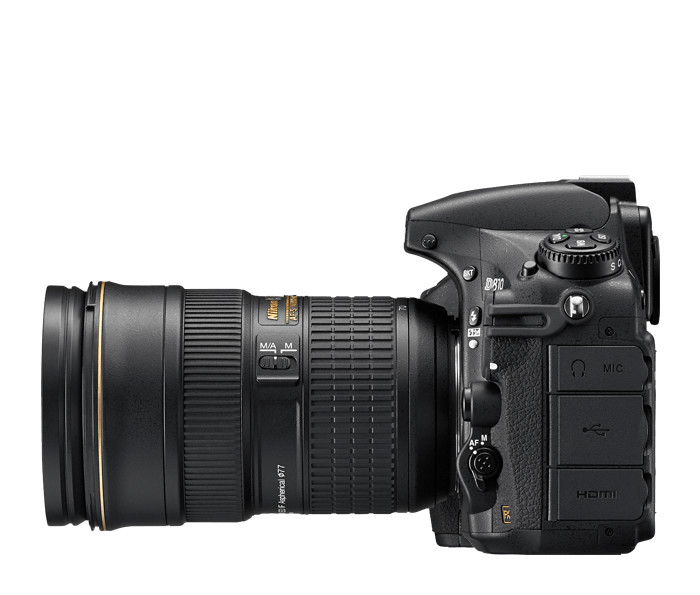
Both cameras use the same Nikon F lens mount, which means they are compatible with hundreds of lenses from Nikon and other third-party manufacturers. However, not all lenses are equally suitable for the high-resolution sensor of the Nikon D850. To get the most out of the 45.7-megapixel sensor, you need to use lenses that have high optical quality and sharpness, especially in the corners and edges of the frame.
Some of the best lenses for the Nikon D850 are:
- Nikon AF-S NIKKOR 14-24mm f/2.8G ED: This is a wide-angle zoom lens that offers excellent sharpness, contrast, and color across the entire zoom range. It is ideal for landscape, architecture, and interior photography.
- Nikon AF-S NIKKOR 24-70mm f/2.8E ED VR: This is a standard zoom lens that covers a versatile focal range from wide-angle to portrait. It has a fast aperture of f/2.8 and a vibration reduction system that helps to reduce camera shake. It delivers superb image quality with minimal distortion, chromatic aberration, and vignetting.
- Nikon AF-S NIKKOR 70-200mm f/2.8E FL ED VR: This is a telephoto zoom lens that is perfect for sports, wildlife, and portrait photography. It has a fast aperture of f/2.8 and a fluorite element that reduces weight and improves optical performance. It also has a vibration reduction system that provides up to 4 stops of stabilization.
- Nikon AF-S NIKKOR 50mm f/1.4G: This is a prime lens that offers a bright aperture of f/1.4 and a natural perspective equivalent to the human eye. It is great for low-light situations, bokeh effects, and street photography.
- Nikon AF-S NIKKOR 85mm f/1.4G: This is another prime lens that has a fast aperture of f/1.4 and a short telephoto focal length that is ideal for portrait photography. It produces beautiful background blur and sharp details on the subject.
The Nikon D810 can also use these lenses, but it does not require as high optical quality as the Nikon D850 due to its lower resolution sensor. Therefore, you might be able to save some money by using older or cheaper lenses with the Nikon D810 without sacrificing much image quality.
LCD and Viewfinder Comparison | Nikon D810 vs D850
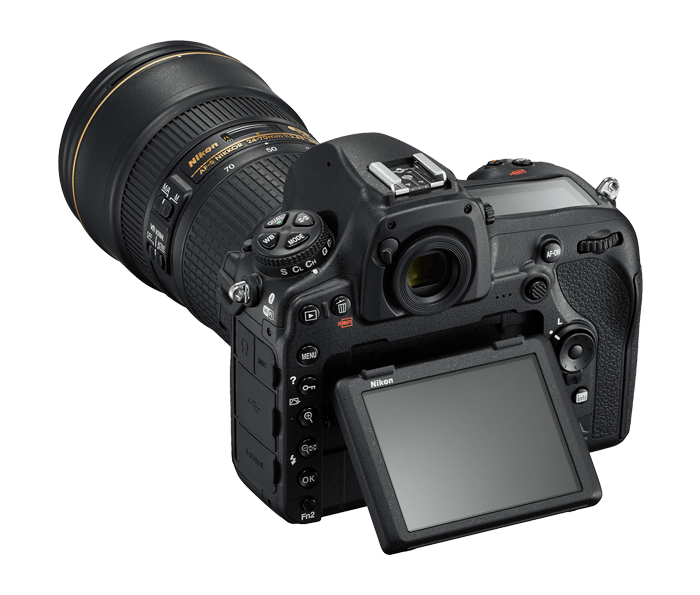
Both cameras have optical viewfinders that offer 100% coverage of the frame and 0.7x magnification. However, the Nikon D850 has a slightly larger and brighter viewfinder than the Nikon D810, with an eyepoint of 17 mm and a diopter adjustment of -3 to +1 m-1, compared to 16 mm and -3 to +1 m-1 for the Nikon D810.
The LCD screens of both cameras are also different in size, resolution, functionality, and articulation. The Nikon D850 has a 3.2-inch tilting touchscreen LCD with 2.36 million dots of resolution, while the Nikon D810 has a fixed non-touchscreen LCD with 1.23 million dots of resolution.
The tilting screen of the Nikon D850 allows you to shoot from different angles and perspectives more easily, while the touchscreen functionality enables you to adjust settings and focus points with a touch of your finger. The higher resolution of the LCD also makes it easier to review your images and videos on the camera.
Nikon D810 vs D850: Specification Summary
Here is a table that summarizes the main specifications of both cameras:
| Specification | Nikon D850 | Nikon D810 |
|---|---|---|
| Sensor | 45.7 MP full-frame CMOS | 36.3 MP full-frame CMOS |
| Image Processor | EXPEED 5 | EXPEED 4 |
| ISO Range | 64-25600 (expandable to 32-102400) | 64-12800 (expandable to 32-51200) |
| AF System | Multi-CAM 20K with 153 points (99 cross-type) | Multi-CAM 3500FX with 51 points (15 cross-type) |
| LCD Screen | 3.2-inch tilting touchscreen with 2.36M dots | 3.2-inch fixed non-touchscreen with 1.23M dots |
| Viewfinder | Optical with 100% coverage and 0.75x magnification | Optical with 100% coverage and 0.7x magnification |
| Continuous Shooting | Up to 7 fps (9 fps with battery grip) | Up to 5 fps (7 fps in DX crop mode) |
| Video Recording | Up to 4K at 30p | Up to Full HD at 60p |
| Memory Card Slots | Dual slots for SD/SDHC/SDXC (UHS-II) and XQD | Dual slots for SD/SDHC/SDXC (UHS-I) and CF |
| Battery Life | 1840 shots per charge | 1200 shots per charge |
| Dimensions | 146 x 124 x 79 mm | 146 x 123 x 82 mm |
| Weight | 915 g | 980 g |
| Price | Check Latest Price | Check Latest Price |
Digital Camera Features | Nikon D810 vs D850
Nikon D810
AF System
Multi-CAM 3500FX with 51 points (15 cross-type)
Both cameras have many features that enhance their functionality and performance, such as:
- Built-in Wi-Fi and Bluetooth for wireless connectivity and remote control
- SnapBridge app for transferring images and videos to your smartphone or tablet
- In-camera raw processing and editing
- Time-lapse and interval shooting modes
- Focus stacking and focus peaking modes
- Multiple exposure and HDR modes
- Silent live view mode
- Electronic front-curtain shutter
- Illuminated buttons
- Dual-axis electronic level
- Customizable function buttons
However, there are also some features that are unique to each camera, such as:
- The Nikon D850 has a built-in flash that can be used as a fill-in light or a commander for external flashes. The Nikon D810 does not have a built-in flash but it has a flash sync terminal for connecting external flashes.
- The Nikon D850 has a negative digitizer mode that allows you to convert your film negatives into digital images using a compatible film scanner. The Nikon D810 does not have this feature.
- The Nikon D850 has an external camera trigger port that allows you to connect an external camera trigger such as a remote release or a timer. The Nikon D810 does not have this port but it has a 10-pin remote terminal for connecting remote accessories.
Battery Life | Nikon D810 vs D850
One of the drawbacks of the Nikon D850’s higher resolution sensor, faster continuous shooting rate, and more advanced autofocus system is that it consumes more battery power than the Nikon D810. The Nikon D850 has a rated battery life of 1840 shots per charge, while the Nikon D810 has a rated battery life of 1200 shots per charge. However, these numbers are based on the CIPA standard, which involves using the LCD screen, flash, and other features that drain the battery faster. In real-life situations, you might be able to get more shots out of your battery depending on how you use your camera.
There are also some ways to extend the battery life of both cameras, such as:
- Turning off the LCD screen or reducing its brightness
- Using the viewfinder instead of the live view mode
- Turning off the Wi-Fi and Bluetooth functions
- Using a battery grip that holds an extra battery
- Using a power bank or an AC adapter to charge your camera
The Nikon D850 uses a new EN-EL15a battery that has a higher capacity than the EN-EL15 battery used by the Nikon D810. However, both cameras are compatible with either type of battery, so you can use them interchangeably. The Nikon D850 also has a new battery indicator that shows the percentage of remaining power, while the Nikon D810 only shows a four-level icon.
Nikon D810 vs D850: Performance Insights
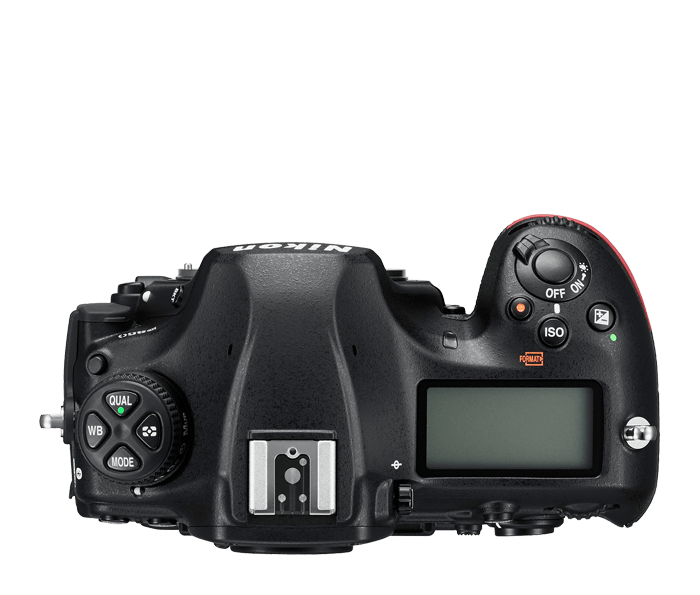
Both cameras are capable of delivering high-quality images and videos in various situations, but they also have different strengths and weaknesses that might suit different types of photography. Here are some insights into how these cameras perform in different scenarios:
FPS and Burst Shooting | Nikon D810 vs D850
The Nikon D850 has a faster continuous shooting rate than the Nikon D810, which makes it more suitable for capturing fast-moving subjects such as sports or wildlife. The Nikon D850 can shoot up to 7 frames per second (fps) at full resolution, or up to 9 fps with a battery grip and an XQD card. The Nikon D810 can shoot up to 5 fps at full resolution, or up to 7 fps in DX crop mode.
However, the higher resolution of the Nikon D850 also means that it produces larger files that take up more memory space and buffer time. The Nikon D850 can shoot up to 51 raw images or 170 JPEG images in a single burst, while the Nikon D810 can shoot up to 28 raw images or 100 JPEG images in a single burst. Therefore, if you want to shoot longer bursts with the Nikon D850, you need to use a fast memory card such as an XQD card or a UHS-II SD card.
Real Life Use: Portraits, Street and Landscape Photography | Nikon D810 vs D850
Both cameras are excellent for portrait, street and landscape photography, as they offer high resolution, wide dynamic range, accurate colors, and low noise. However, there are some differences in how they handle these genres.
Portrait Photography:
- Both cameras excel in portrait photography, offering high resolution, wide dynamic range, accurate colors, and low noise.
- Nikon D850 has an advantage with faster and more accurate autofocus, particularly in low-light conditions and with fast lenses.
- Nikon D850 features face detection for automatic eye-focused tracking.
Street Photography:
- Both cameras are capable of capturing high-quality candid moments.
- Nikon D850 offers advantages with its tilting touchscreen LCD for versatile shooting angles and perspectives.
- Nikon D850 provides a silent shooting mode for discreet photography without noise or vibration.
Landscape Photography:
- Both cameras are suitable for capturing stunning landscapes with high resolution and dynamic range.
- Nikon D850 boasts a higher resolution sensor and a lower base ISO, resulting in more detail and less noise in well-lit scenes.
- Nikon D850 introduces features like focus stacking for extended depth of field and negative digitizer mode for converting film negatives to digital images, enhancing its capabilities for landscape photography.
Nikon D810 vs D850: The Pros and Cons
To summarize, here are some of the pros and cons of each camera:
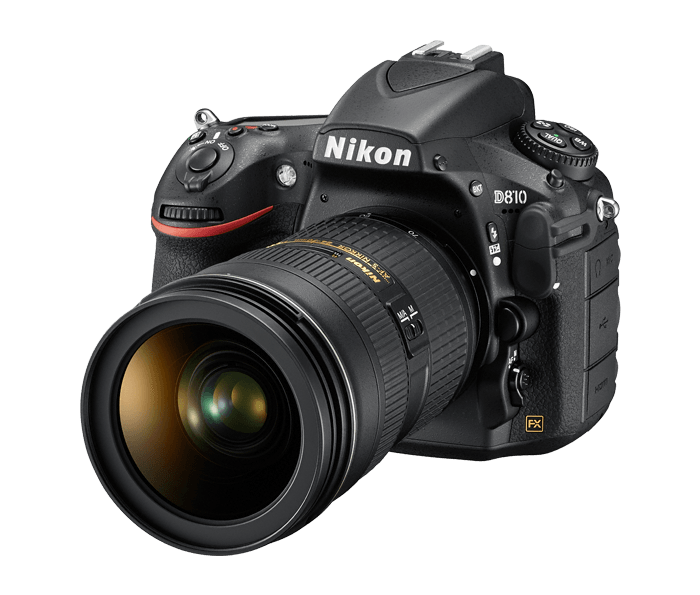
Conclusions: Is Nikon D810 or D850 a better purchase?
The answer to this question depends on your personal preferences, budget, and photography style. Both cameras are excellent choices for professional and enthusiast photographers who want a high-end full-frame DSLR camera that can deliver superb image quality and performance in various situations.
However, if you want the latest and greatest camera that offers more resolution, speed, features, and functionality, then the Nikon D850 is the better purchase for you. The Nikon D850 is a more versatile and powerful camera that can handle any kind of photography challenge with ease.
On the other hand, if you want a cheaper and lighter camera that still offers high image quality and performance, then the Nikon D810 is the better purchase for you. The Nikon D810 is a more simple and reliable camera that can produce stunning images and videos without breaking the bank.
We hope this article has helped you to compare the Nikon D850 and the Nikon D810 and to decide which one is the best for your needs. If you have any questions or comments, please feel free to leave them below. Thank you for reading!


